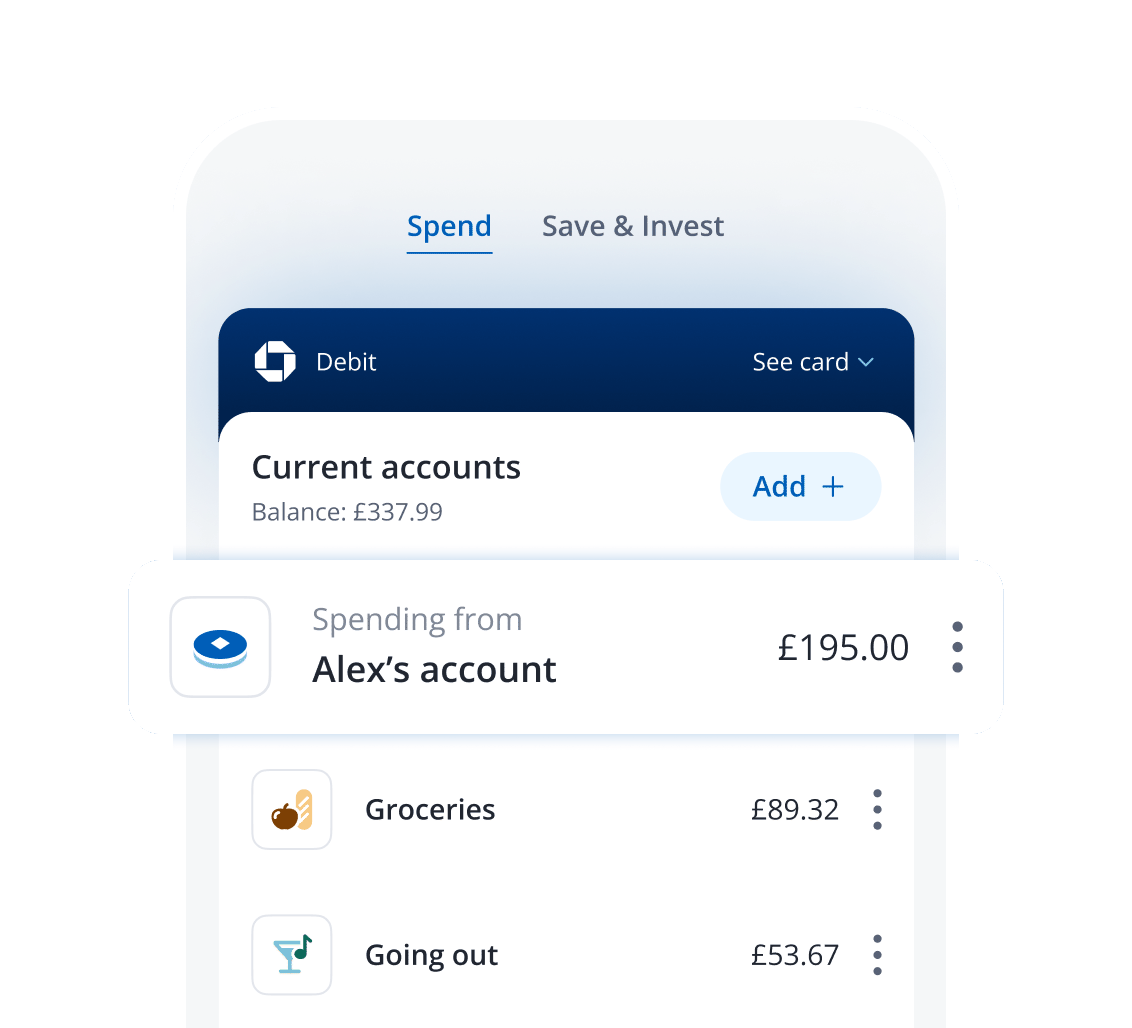money
How far does a household income over £100,000 get you?
5 min | 06 March 2023



A couple who live in the Home Counties, with a combined household income of just under £130,000, give us a sneak peek at how they spend their money.
Having a six-figure household income puts them in the top 5% of earners in the UK, according to the Institute of Fiscal Studies. But there's a big difference between being rich and feeling wealthy. Many top earners may find their income is eaten up by high housing costs, childcare costs and taxes.
We're not suggesting that the couple in the case study are struggling – rather, it's a handy illustration of how much it can cost to raise a family.
This couple's joint salary is almost £130,000. We look at how far that might go and the practical changes they've made to feel less stretched so that they can prepare for the future.
How do our costs stack up?
Annual earnings:
Earner 1: £70,000 (employed)
Earner 2: £57,000 (self-employed)
Total household income: £127,000
Monthly outgoings
Pension contributions:
- Earner 1: £263 a month through salary sacrifice
- Earner 2: £500 a month
Private family health insurance (through employer):
- £118 (this is a taxable benefit, deducted monthly)
Monthly take-home pay after deductions, expenses and tax:
Earner 1: £3,877.60
Earner 2: £2,664
Total: £6,541.60
What's the largest monthly expense for this family?
Monthly bills:
- Childcare, including tax relief (mix of nursery and nanny for two children over four days): £1,761
- Mortgage: £1,662
- Food: £520 (up from £430 a year ago)
- Eating out: £120
- Energy: £272 (up from about £100 a year ago)
- Council tax: £193
- Water and sewage: £59
- Life insurance: £35.80
- Income protection: £22.56
- Internet: £32.77
- Two phones with SIM-only deals: £23.30
- Commuting (train): £84
- Petrol: £38 (one car that's driven a few times a month)
- Children’s extra curricular classes: £200
- Entertainment subscriptions: £66
- Contact lenses: £20
- Union membership: £12
Annual costs:
- Home insurance: £500
- TV licence: £159
- Car insurance: £425
- Car servicing: £550
- Clothes: around £2,600
Monthly total: £5,474
Cost-of-living case study: what a sensible approach to money could look like
We're a married couple, both aged 34, with two young children who are three-and-a-half and almost two. We're fortunate to have a very good income. But like every other household in the UK, our costs have risen over the past year.
As the self-employed worker of the two, I'd describe us as being very sensible with money. We look for ways to save and keep tabs on our monthly spending. For example, we file our own tax returns, rather than pay an accountant, and record our income and outgoings on a spreadsheet.
We've also prepared for the unexpected. We have almost six months’ worth of savings – around £30,000 – to cover us in case of an emergency. We saved this amount over several years from our salaries, in case one of us is out of work.
We're not extravagant. We rarely go out and haven't been abroad for four years – but this is partly because we have two very young children. We had one holiday in the UK last year: a week in Cambridgeshire that cost us around £800.
Our biggest monthly expense is childcare, which at £1,761 a month is even more than our mortgage. This is a significant amount and, until September, it was even higher at £2,200. But our three-and-a-half year-old now qualifies for 30 hours of free childcare, so the cost has reduced by around £400 a month.
Our mortgage is £1,662 a month for a four-bedroom detached house in the Home Counties. We completed on the house in January 2022 after having our offer accepted in September 2021. We're on a five-year fixed-rate deal with an interest rate of 2.16%, which will expire in October 2026.
We're very thankful we went for the five-year option, rather than a two-year fixed, as otherwise we'd be looking to remortgage this year, when interest rates could be much higher.
How we're saving hundreds of pounds in the cost-of-living crisis
We're more mindful of saving money where we can, as it's hard to tell how far costs will continue to rise.
The fact we're a couple of years into a five-year fixed mortgage means we won’t have to worry about our mortgage payments increasing for another few years. But if interest rates are 6% when we come to remortgage, our monthly mortgage payments would likely jump to £2,900, wiping out any ability to save each month.
The good news for us is that our childcare bill should drop significantly by then, as both children will be at school. We'll probably always rely on some childcare, at least until the children are older, but the overall cost should be below £400 a month.
Many others, though, will be grappling with high childcare costs alongside a sudden jump in their mortgage.
To help ensure financial security, we're bringing in more income, in part thanks to the fact that I'm self-employed. We also hope my husband will get a promotion and pay rise before our monthly housing costs jump when we next come to remortgage.
Related reading


















